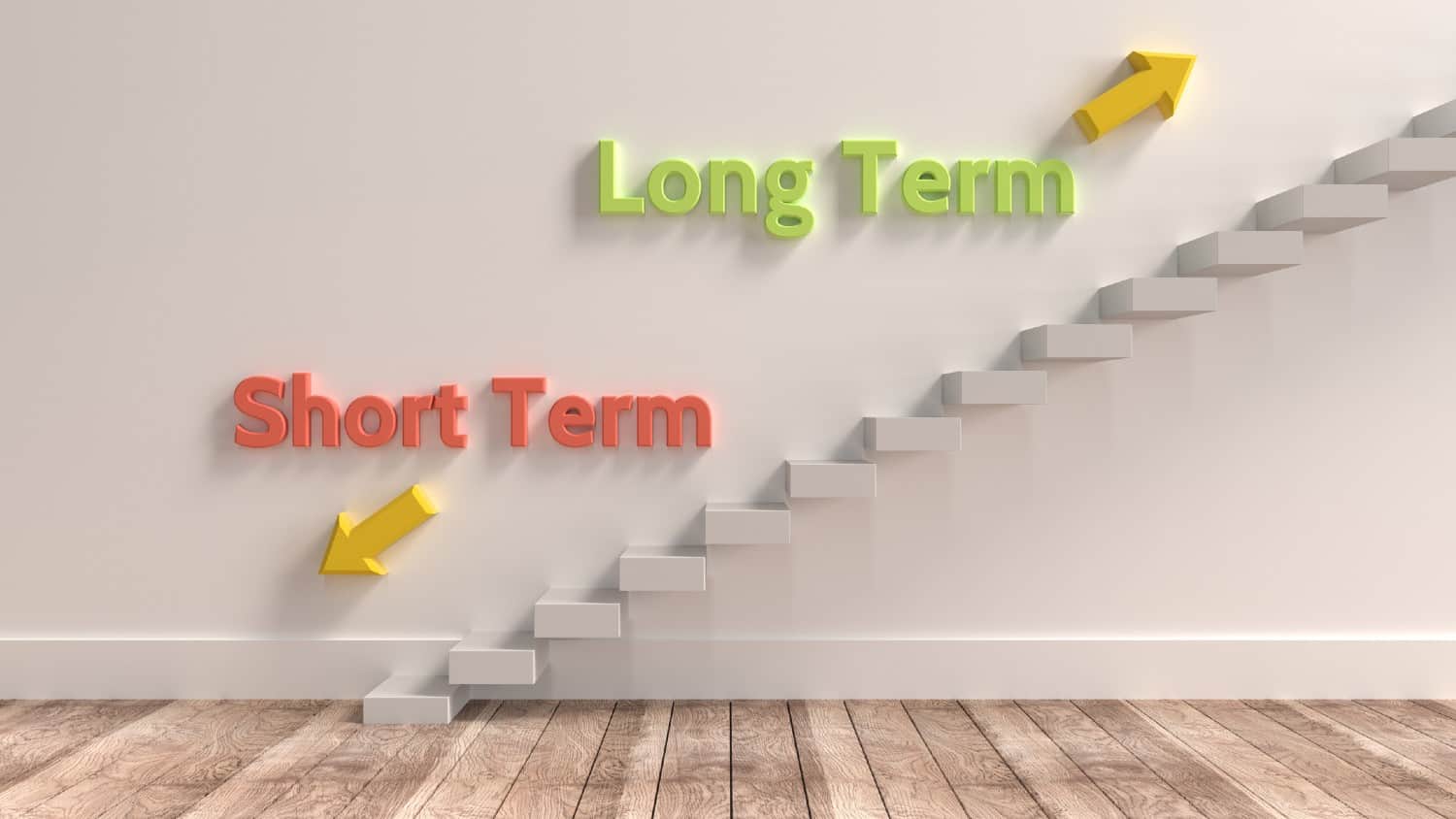The US consumer price index rose at a rate of 6.4 per cent in January compared with a year earlier, a smaller decline than expected, in data that will heighten concerns about the persistence of high inflation in the US economy.
Economists expected a deceleration in the annual CPI to 6.2 per cent from the 6.5 per cent pace recorded in December, according to the consensus forecast published by Reuters.
Stripping out energy and food prices, the “core” CPI measure rose at annual rate of 5.6 per cent in January, also slightly below the 5.7 per cent rise the previous month. This compared to economists’ expectations of a 5.5 per cent gain in the year-on-year measure.
The January inflation data was being closely watched as vital guidance to investors, economists and US central bankers. An unexpectedly strong jobs report for last month stoked expectations that the Federal Reserve might have to be more aggressive in tightening monetary policy to cool the economy.
“The Fed will be determined not to take its foot off the gas too early and miss the soft landing it is hoping for. With inflation falling, but at a much more gradual pace than on the way up, the opportunity for policy mis-step is greater,” said Marcus Brookes, chief investment officer at Quilter Investors.
“Today’s inflation number reminds everyone of the difficulties faced, and we are still far too early to declare victory yet,” he added.
Trading on Wall Street was choppy, with US stocks and government bonds swinging between gains and losses following the hotter than expected CPI announcement.
The S&P 500 share was 0.3 higher in early trading on Tuesday, while the technology-heavy Nasdaq Composite was up 0.6 per cent
The two-year Treasury yield, which closely tracks interest rate expectations, was up 0.05 percentage points to 4.58 per cent, reflecting a decline in price.
Those moves came as pricing in the futures market indicated that investors were expecting US interest rates to peak at 5.25 per cent in July, before falling to about 5 per cent by December – implying one interest rate cut before the year-end. As recently as early February, two cuts were priced in for 2023.
On a monthly basis, the CPI rose by 0.5 per cent last month, compared with a rise of 0.1 per cent in December. The “core” measure increased at an unchanged pace of 0.4 per cent.
Energy prices rose 2 per cent on a monthly basis, reversing declines posted in December and November, while food and clothing costs rose at a faster pace than the previous month.
The price of shelter rose at a pace of 0.7 per cent, slightly slower than in December, but still a rapid clip for a cost that represents a big chunk of disposable income for many households. However, prices of used cars continued to dip, and the price of new cars rose at a slower pace.
“Shelter inflation might have peaked, which will allow the Fed to breathe a sigh of relief. But other components of the core inflation index moved marginally higher,” economists at Lazard wrote. “To pause the tightening cycle, the Fed will need to see more muted price gains and less tightness in the labour market. The wait for both is ongoing.”

The Federal Reserve has already raised interest rates from near-zero to a target range of between 4.5 and 4.75 per cent over the past year. As inflation has eased since peaking last summer, the central bank has slowed the pace of its rate rises, from increases of 0.75 percentage points and 0.5 percentage points in the second half of last year to 0.25 percentage points last month.
But Fed officials have continued to stress that their fight against inflation is far from complete, even as some economists and investors are predicting that they might soon pause the interest rate increases and could start cutting rates by the end of the year.
“We are still far from achieving price stability and I expect that it will be necessary to further tighten monetary policy to bring inflation down towards our goal,” Michelle Bowman, a Fed governor, told a gathering of community bankers in Florida on Monday.
“The ongoing tightness in the labour market puts upward pressure on inflation, even if some components of inflation moderate due to improvements in supply-side factors. The longer high inflation persists, the more likely it is that households and businesses may come to expect higher inflation in the longer term,” Bowman said. “Should that be the case, the FOMC’s job of lowering inflation would be even more challenging.”
The enduring strength of the US labour market combined with a gradual easing of inflation has raised hopes that the economy might experience a “soft” landing, avoiding a recession even while monetary policy is being tightened. But Fed officials have always cautioned that such an outcome is far from guaranteed.
If inflation proves to be more stubborn than expected, the central bank would have to raise interest rates higher for a longer period of time to bring price pressures down to its average 2 per cent target. This, in turn, might lead to a larger hit to output and employment in the future.
Economists and officials have been especially concerned that inflation in the service sector has been difficult to curb, compared with inflation for goods, which has eased more rapidly.
Credit: Source link














